Recent HR Trends 2025: Transforming the Future of Workplace Strategies
Empxtrack
SEPTEMBER 3, 2024
Predictive analytics in HR will foresee and address issues like turnover risks and skills gaps. Here are some key ways in which data analytics can enhance the effectiveness of HR practices: Predictive Hiring: Data analytics will enable HR to forecast future hiring needs by analyzing workforce trends and patterns.


























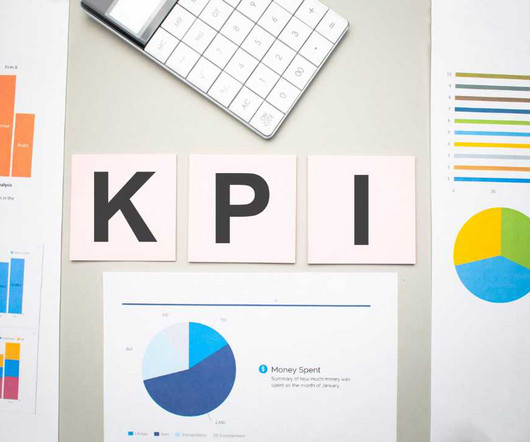
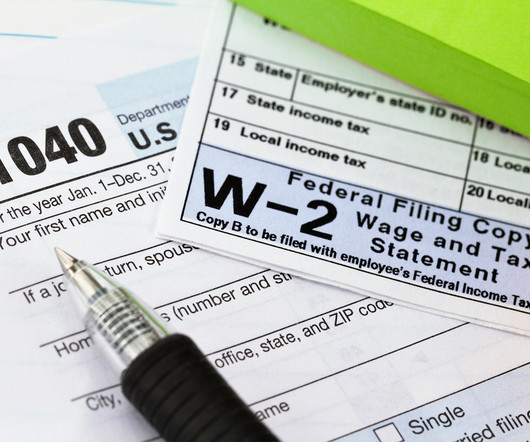

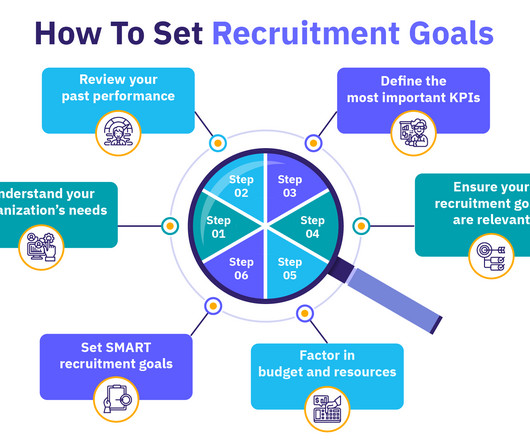
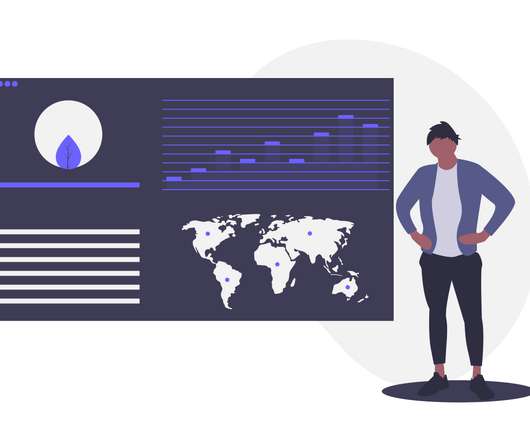




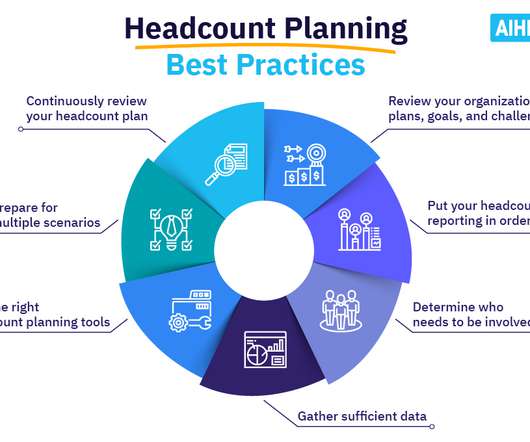


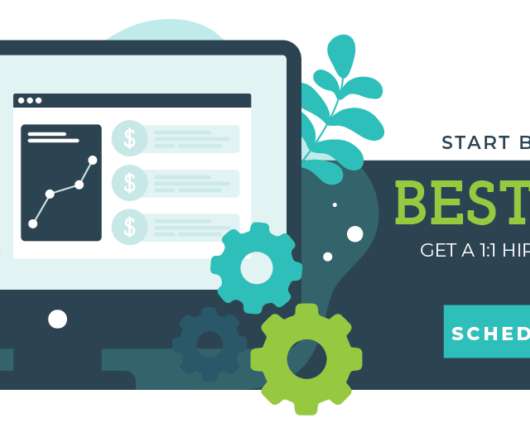

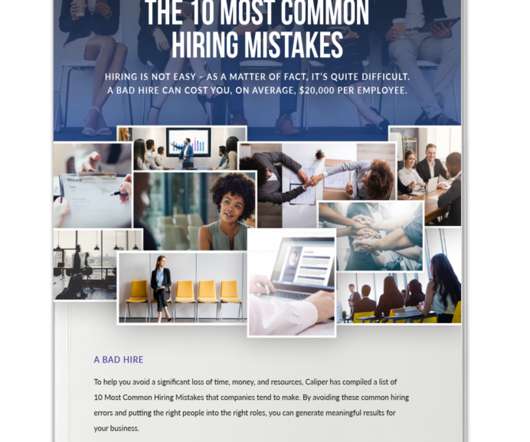














Let's personalize your content